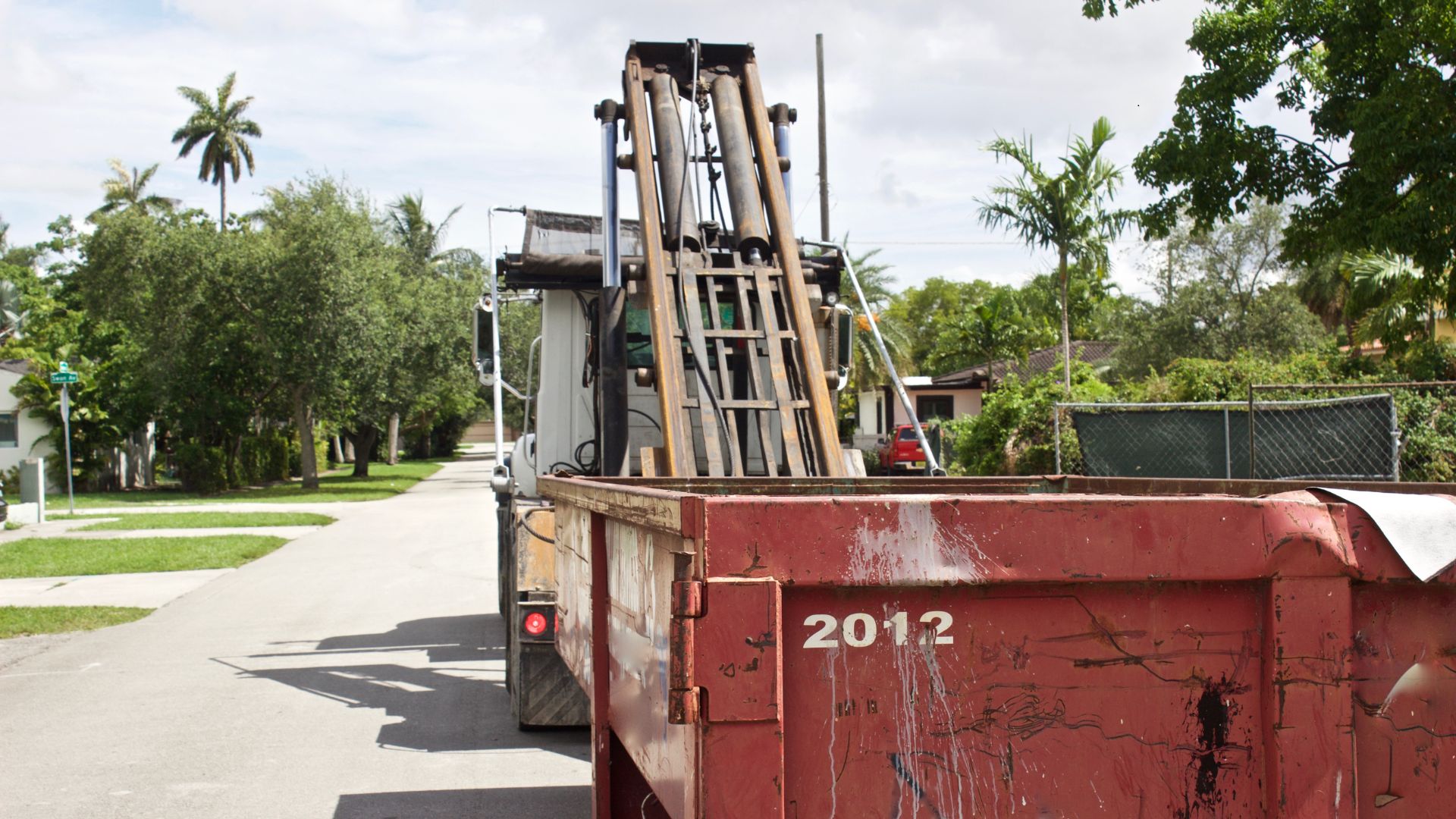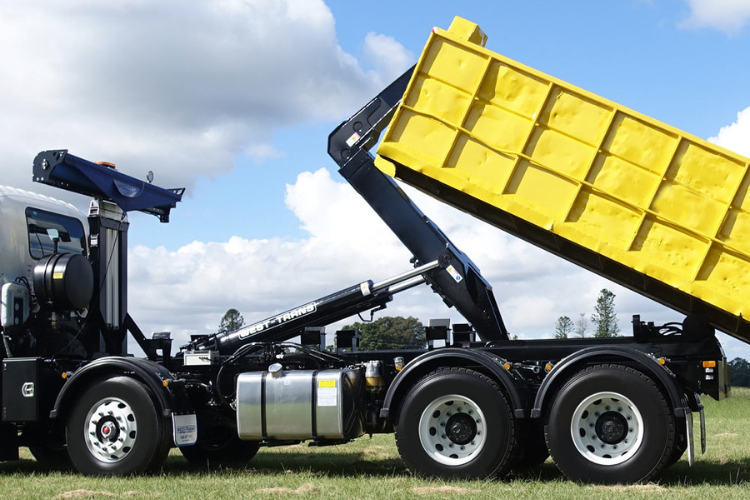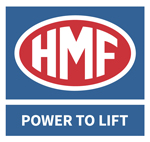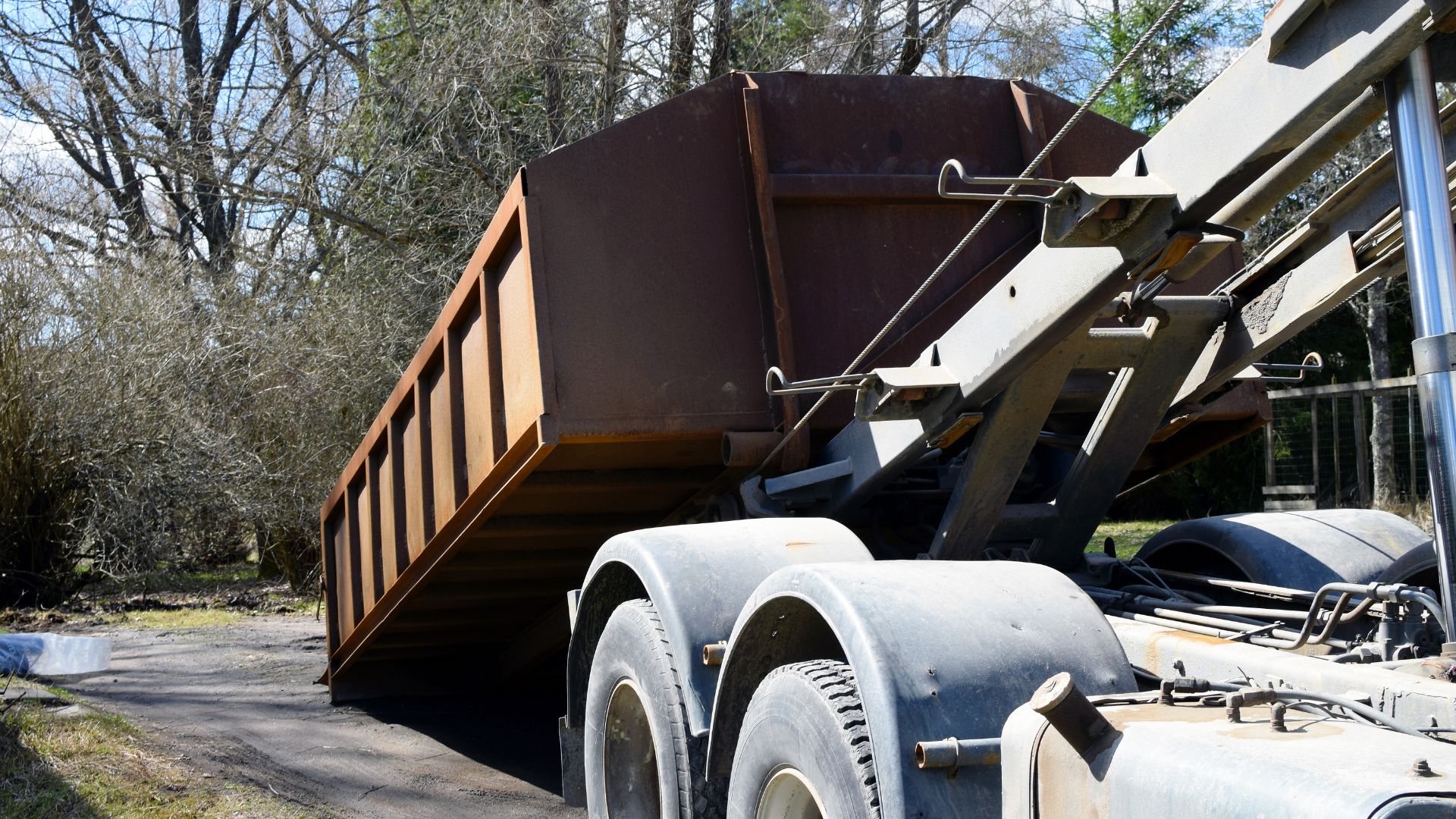Roll off trucks and hook lifts might look similar, but their functions and the jobs they’re best suited for differ significantly. From how they load and unload to their flexibility on-site, each system has unique advantages. Knowing which one fits your needs can improve productivity, reduce maintenance, and optimise your fleet’s performance.
In this blog, we’ll break down what sets these two truck types apart, how each works, and which one might make the most sense for your business.
What is a Roll-Off Truck?
The roll-off truck is widely considered the workhorse of many waste and construction fleets. For a typical setup, a roll-off truck uses a hooklift or winch-based roll-off system to pull containers onto the chassis and roll them off again at the drop-off point near the rear wheels. The container itself is fitted with rollers at the rear, making loading and unloading smooth on level ground.

Roll-off trucks are mainly used in waste management, construction debris removal, and large commercial clean-up jobs. They’re reliable, relatively simple to operate, and ideal for high-volume, single-purpose work where the truck is dedicated to hauling one type of bin.
However, because they rely on cables and gravity, they generally need more space for loading and unloading, so they are not ideal for tight spaces. Furthermore, they’re less versatile than systems designed for multiple container types. In short: strong, simple, and dependable, just not as flexible as other options.
What is a Hook Lift?
Now, let’s look at the hook lift, which is built for versatility. Unlike the cable-and-winch setup of a roll-off truck, a hook loader lift (also called a hook hoist) uses a hydraulic hook arm to lift containers onto the truck bed, transport them, and set them down with absolute precision. Think of it as a mini crane that makes loading and unloading much quicker and easier.
Hook lifts are also used in waste management, but also across construction and landscaping, making them popular with council fleets where multiple container bodies need to be swapped out on a single chassis. What this flexibility means is that just one truck can perform multiple roles, from hauling concrete bins in the morning to collecting green waste in the afternoon.
The main advantages of this are reduced downtime, better fleet efficiency and safer operations. However, because the system is typically more complex, it has a higher initial investment, which is something you need to weigh against its long-term productivity benefits.
Key Differences Between Roll Off Trucks and Hook Lifts
While both roll-off trucks and hook lifts are designed to transport containers, the way they handle loads, their flexibility, and overall cost and efficiency can make a big difference depending on your business needs.
Roll-off trucks are largely phased out in Australia and are no longer commonly manufactured or sold in the local market. They’re considered an older technology compared to the more versatile hook lift systems that have become the industry standard. However, some established operators may still run roll-off trucks.
Here’s a quick comparison to help make things clearer:

Which System is Right for Your Business?
The choice between a roll-off truck and a hook lift really comes down to the type of jobs you take on and the level of flexibility you need. Modern hook lift systems offer significant advantages across operations of all sizes.
Hook lifts provide greater versatility whether you’re managing multiple job types, swapping out different bodies or containers throughout the day, or aiming for maximum fleet efficiency. Their simpler operation and faster turnaround times make them suitable for businesses of any scale.
For example:
- Smaller businesses and single-purpose operations benefit from the straightforward operation of a hook lift system, which is easier to use than older roll-off technology.
- Larger companies or councils with varied workloads gain even more value from the versatility of a hook lift system.
- Construction and municipal applications often favour the hook lift for its adaptability and quicker turnaround times.
Before making a decision, weigh up your business size, budget, and daily operational needs. Then you’ll be in a better position to choose the system that drives the most value, and not just today, but well into the future.
Find the Best Solution for Your Fleet

Both roll-off trucks and hook lifts have their strengths. Roll-off trucks offer simplicity and cost-effectiveness, making them ideal for high-volume, single-purpose hauling. Hook lifts, on the other hand, provide versatility and efficiency for businesses handling a variety of container types and workloads.
If you’re still unsure which option is the best fit, don’t go it alone; reach out to the experts at West Trans for tailored advice, equipment sales or rental solutions.
FAQs
What is the difference between a hook lift and a roll-off lift?
A hook lift uses a hydraulic hook arm to lift and position containers onto the truck, while a roll-off (or cable hoist) system relies on a winch and cable to pull the container onto the chassis using rails or rollers.
Is a hook lift or roll-off better for cities?
Hook lifts are often better for cities because they offer more flexibility for handling demolition waste and other varied loads.
What is considered a roll-off truck?
A roll-off truck is a vehicle designed to pull rail containers or bins onto the truck using a cable or winch system.
What is a roll-off truck called?
A roll-off truck is also commonly called a cable lift truck due to its roll-off design and cable loading method.


